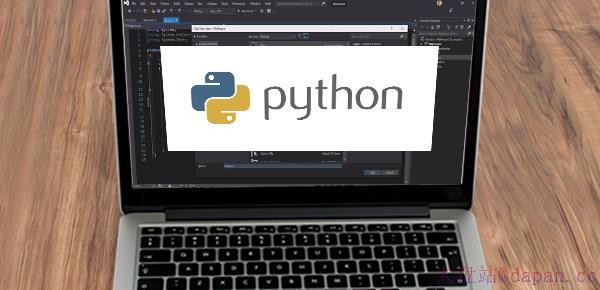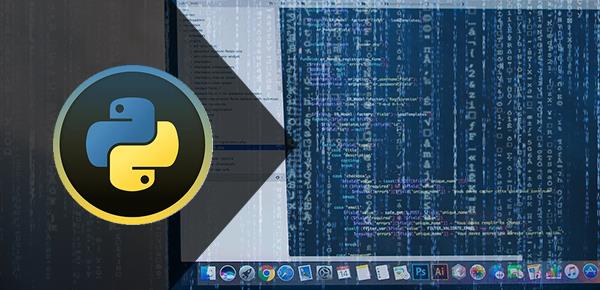深究python中的asyncio库-线程同步
前面的代码都是异步的,就如sleep,需要用asyncio.sleep而不是阻塞的time.sleep,如果有同步逻辑,怎么利用asyncio实现并发呢?答案是用run_in_executor。在一开始我说过开发者创建 Future 对象情况很少,主要是用run_in_executor,就是让同步函数在一个执行器( executor)里面运行。
python中的asyncio库-线程同步" alt="深究python中的asyncio库-线程同步" src="//www.dapan.cc/wp-content/uploads/2022/11/1668480940-1aae863f493f340.jpg">
同步代码
defa():
time.sleep(1)
return'A'
asyncdefb():
awaitasyncio.sleep(1)
return'B'
defshow_perf(func):
print('*'*20)
start=time.perf_counter()
asyncio.run(func())
print(f'{func.__name__}Cost:{time.perf_counter()-start}')
asyncdefc1():
loop=asyncio.get_running_loop()
awaitasyncio.gather(
loop.run_in_executor(None,a),
b()
)
In:show_perf(c1)
********************
c1Cost:1.0027242230000866
可以看到用run_into_executor可以把同步函数逻辑转化成一个协程,且实现了并发。这里要注意细节,就是函数a是普通函数,不能写成协程,下面的定义是错误的,不能实现并发:
asyncdefa(): time.sleep(1) return'A'
因为 a 里面没有异步代码,就不要用async def来定义。需要把这种逻辑用loop.run_in_executor封装到协程:
asyncdefc(): loop=asyncio.get_running_loop() returnawaitloop.run_in_executor(None,a)
大家理解了吧?
loop.run_in_executor(None, a)这里面第一个参数是要传递concurrent.futures.Executor实例的,传递None会选择默认的executor:
In:loop._default_executor Out:<concurrent.futures.thread.ThreadPoolExecutorat0x112b60e80>
当然我们还可以用进程池,这次换个常用的文件读写例子,并且用:
asyncdefc3(): loop=asyncio.get_running_loop() withconcurrent.futures.ProcessPoolExecutor()ase: print(awaitasyncio.gather( loop.run_in_executor(e,a), b() )) In:show_perf(c3) ******************** ['A','B'] c3Cost:1.0218078890000015
声明:本站所有文章,如无特殊说明或标注,均为本站原创发布。任何个人或组织,在未征得本站同意时,禁止复制、盗用、采集、发布本站内容到任何网站、书籍等各类媒体平台。如若本站内容侵犯了原著者的合法权益,可联系我们进行处理。








